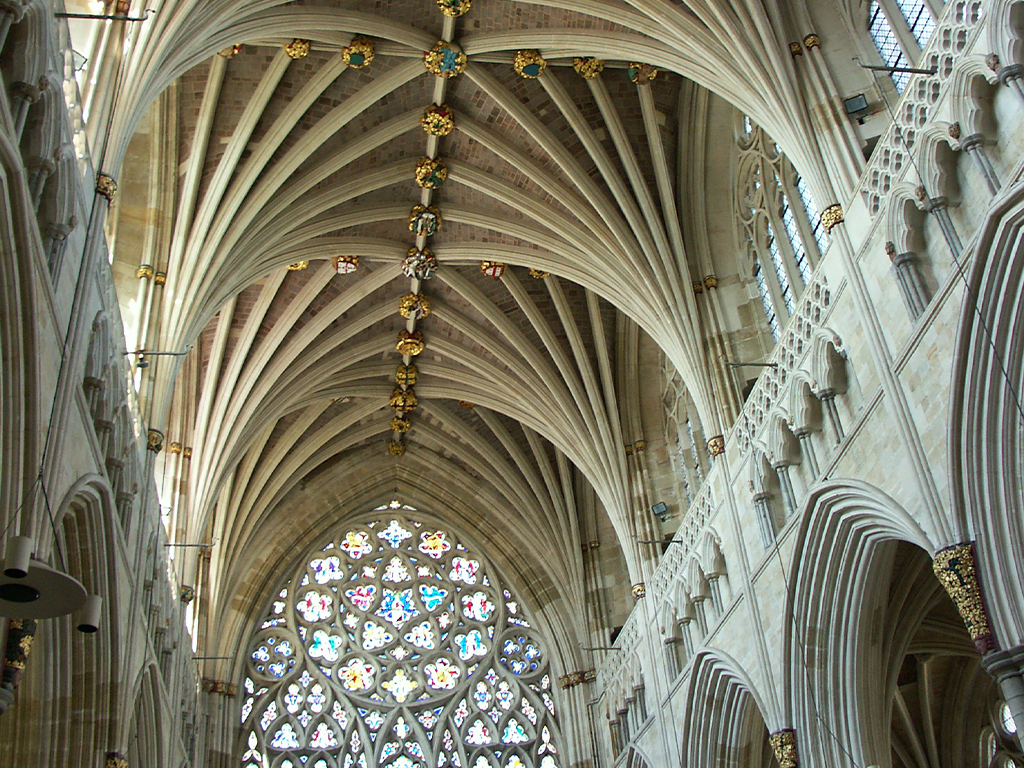 Artistry
Artistry


4678998 / 5565758
Gothic Architecture
Pointed Arch, Ribbed Vault and Buttress
At the beginning of the 12th century, a new building style suddenly appeared in France and revolutionised the dark Middle Ages – the Gothic style.
Instead of the massive, dark and fortified structures of the Romanesque period, the building style of the Early Middle Ages, everywhere in Europe the masterpieces of this new filigree architecture, the cathedrals, appeared within a short period.
They were higher and larger than everything that had been built so far and yet appeared to be of a mystic lightness.
Their walls seemed to be dissolved in a sea of light and colour.
For about 300 years the cathedrals dominated the cities in Europe and their appearance fascinates still today.
But how was this sudden change of style at all possible? Where did the ideas for the new buildings come from? And what was the importance of the Gothic style for the people back then?
All architects face the problem of how to support the weight of a building with roof and masonry.
The Romanesque builders erected thick walls with few windows, which solidly carried the church roof.
However, if you wanted to build higher churches, the walls collapsed under their own weight and the weight of the roof.
The architects of the Gothic era hit upon the idea of distributing the weight of the roof and walls onto buttresses outside the edifice.
As the walls did not have to support so much weight anymore, they could be pierced with larger windows thus allowing more light to flood into the interior.


Curriculum-centred and oriented towards educational standards
Matching
Mobile Learning II
Oh, what’s that? Original soundtrack Thissen: “As our children grow up in a media world and naturally handle the media, they should also be a topic in school.“ An older child says the point is that they don’t just load down apps but create things themselves that haven’t existed so far. Hi, I’m Jana. A propeller hat. I’ll put it on. Now I’m no longer a simple rhino, but a flying rhino. Original soundtrack Thissen: “It’s exactly the great flexibility of tablets that promotes very personalised and adapted learning.” Original soundtrack Welzel: “It’s fascinating to see how the children grow with their products and how they always want to improve them.” The Westminster Abbey is a church in London for the royal family. Original soundtrack Welzel: “And?“ They think it is ok.









